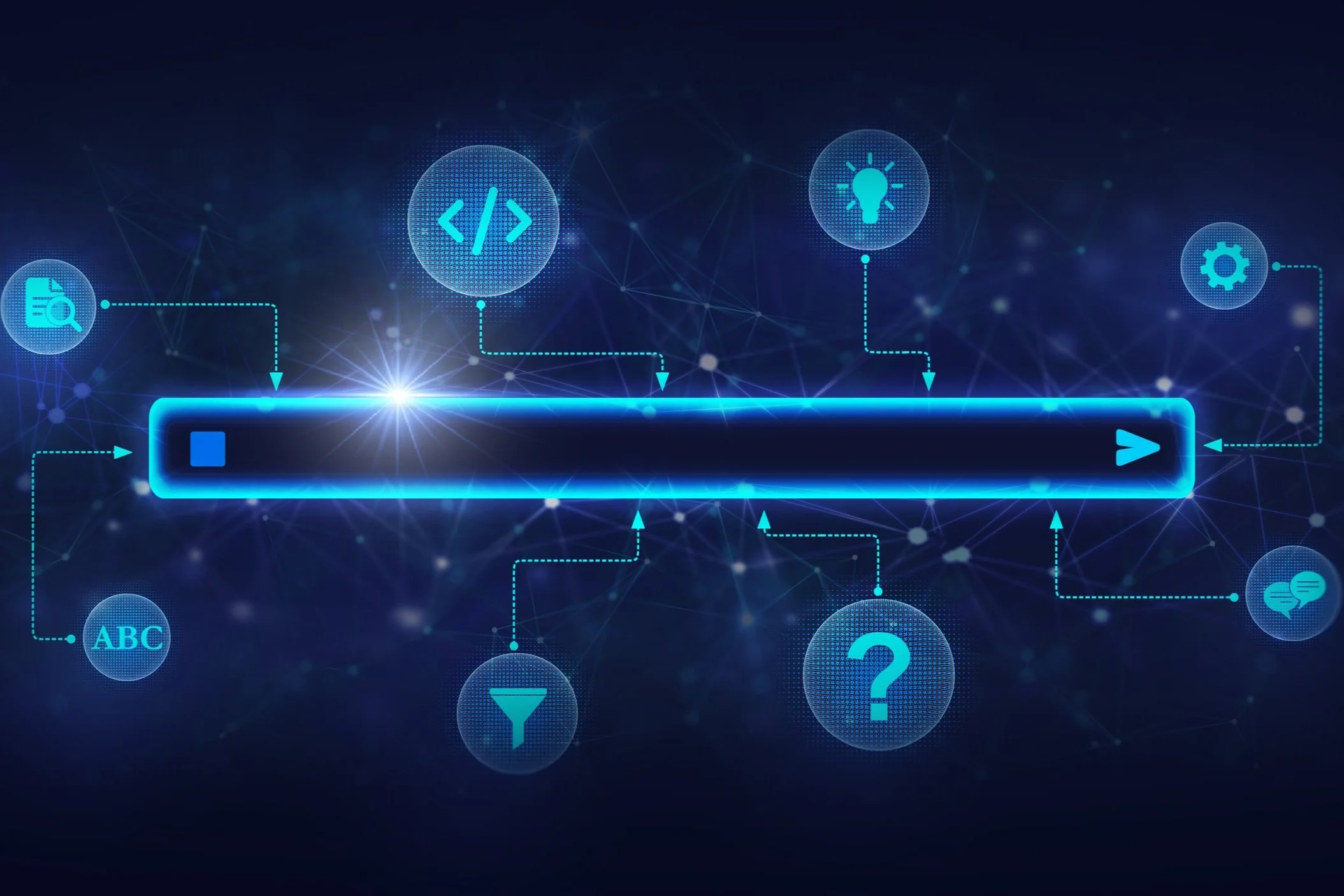What Is The Difference Between AI Semantic Search & LLM AI
Semantic Search AI and Large Language Model (LLM) AI share some similarities, as both leverage advanced AI techniques like natural language processing (NLP), but they serve distinct purposes and operate differently. Below is a clear comparison of how Semantic Search AI differs from LLM AI:
1. Purpose and Functionality
- Semantic Search AI:
- Purpose: Designed to enhance search capabilities by understanding the meaning and context of queries to retrieve relevant information from a specific dataset (e.g., documents, databases).
- Functionality: Analyzes user queries and matches them to content based on intent, relationships, and context, not just keywords. It ranks and returns results from a predefined corpus (e.g., enterprise documents).
- Example: In a document management system, a query like “find contracts related to Project X” retrieves relevant documents by understanding the query’s intent, even if exact terms are missing.
- LLM AI:
- Purpose: Built to understand, generate, and manipulate human-like text for a wide range of tasks, such as answering questions, writing content, or holding conversations.
- Function emergencies: Processes and generates text based on vast training data, predicting the next word or phrase to produce coherent responses. It’s more general-purpose and not limited to searching a specific dataset.
- Example: ChatGPT answering “What is semantic search?” by generating a detailed explanation based on its training, without needing to search a specific corpus.
2. Data Scope
- Semantic Search AI:
- Operates on a specific, structured dataset (e.g., an enterprise’s document repository or a website’s content).
- Focused on retrieving and ranking existing content within that dataset.
- Often uses vector embeddings to represent documents and queries in a high-dimensional space, enabling similarity comparisons based on meaning.
- LLM AI:
- Trained on vast, diverse datasets (e.g., internet text, books, articles) to gain broad world knowledge.
- Generates responses from its internal knowledge, not by searching a specific dataset in real-time.
- Does not inherently “search” but predicts text based on patterns learned during training.
3. Output
- Semantic Search AI:
- Outputs a list of relevant documents or data from the searched corpus, often with previews, relevance scores, or highlighted matches.
- Does not generate new content; it retrieves and ranks existing content.
- Example: Returns a list of PDFs or Word documents matching 2024 contracts
- LLM AI:
- Outputs newly generated text, such as answers, summaries, or creative writing, tailored to the user’s prompt.
- Can synthesize information or create content that didn’t previously exist in a specific form.
- Example: Writes a paragraph explaining semantic search or composes a fictional story
4. Underlying Technology
- Semantic Search AI:
- Relies on NLP, vector search, and embeddings (e.g., BERT, Sentence Transformers) to convert text into numerical representations for similarity matching.
- Often uses information retrieval techniques, such as inverted indices or dense vector indices, optimized for speed and relevance.
- May integrate with knowledge graphs to understand relationships (e.g., “Project X is related to Client Y”).
- LLM AI:
- Built on transformer-based architectures (e.g., GPT, LLaMA) with billions of parameters, trained to predict text sequences.
- Focuses on language generation and understanding, using attention mechanisms to weigh word relationships across long contexts.
- Less optimized for searching specific datasets, more for general text manipulation.
5. Use Case Specificity
- Semantic Search AI:
- Highly specialized for enterprise search, e-commerce search, or knowledge management (e.g., finding documents in a CRM or articles on a helpdesk).
- Ideal for environments where users need to locate specific, pre-existing information quickly.
- LLM AI:
- General-purpose, applicable to conversational AI, content creation, coding assistance, or data analysis.
- Less suited for targeted search within a closed dataset but excels at open-ended tasks or answering broad questions.
6. Real-Time Data Interaction
- Semantic Search AI:
- Often real-time or near-real-time, querying an indexed dataset as new documents are added.
- Can integrate with external data sources (e.g., web crawling for DeepSearch mode, as in Grok 3).
- LLM AI:
- Static knowledge based on training data, updated only through retraining or fine-tuning.
- May use retrieval-augmented generation (RAG) to combine LLM with search, but this is a hybrid approach where a semantic search component retrieves data for the LLM to process.
Summary Example
- Semantic Search AI: You ask, “Find all content (files, photos, post etc.) about Project X from 2024.” It searches your company’s archive and returns a list of relevant content.
- LLM AI: You ask, “Write a summary of Project X’s progress in 2024.” It generates a paragraph summarizing the project based on its training, without searching any specific archive.

